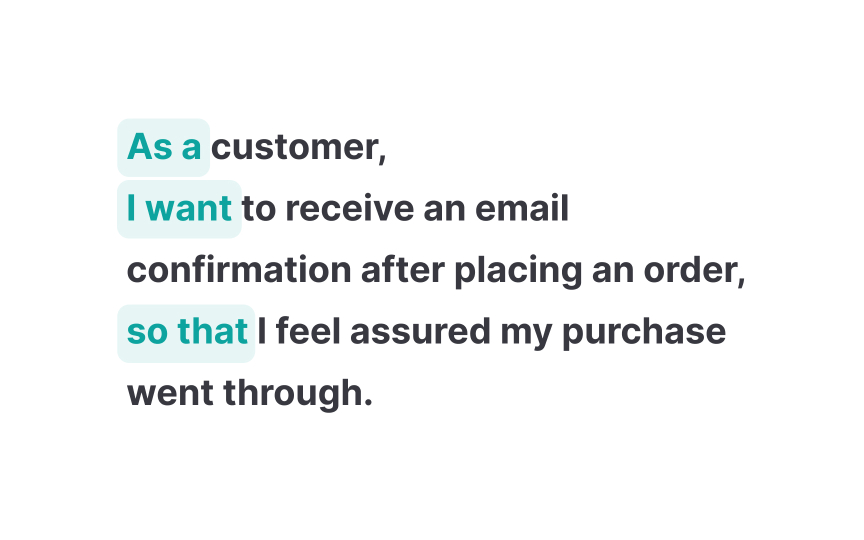User story writing
User stories are a great way to connect technical implementation to real human needs. These concise feature descriptions, written from the perspective of the end user, clarify what new capability is desired and why it's valuable.[1] Typically, a product owner, project manager, or business analyst writes user stories for the development team, clarifying what’s needed and why. To write a user story, start with the standard format: "As a [user type], I want to [action] so that [benefit]." Then enhance it with context. For example, "As a remote team lead, I want to see my team's online status at a glance so I can schedule meetings without back-and-forth messaging."
Acceptance criteria help make user stories more specific and testable. They describe exactly what should happen in different situations. Use this simple format to write them: "Given [situation], when [action], then [result]." For example: "Given I'm looking at my team's page, when I move my mouse over a team member's picture, then I should see what time it is where they are and if they're available."
This way, everyone knows exactly what the feature should do and how to test it. Include edge cases and constraints in your stories. What happens when a team member is offline? How should status updates handle different time zones? These considerations help developers build robust solutions and prevent future rework.

